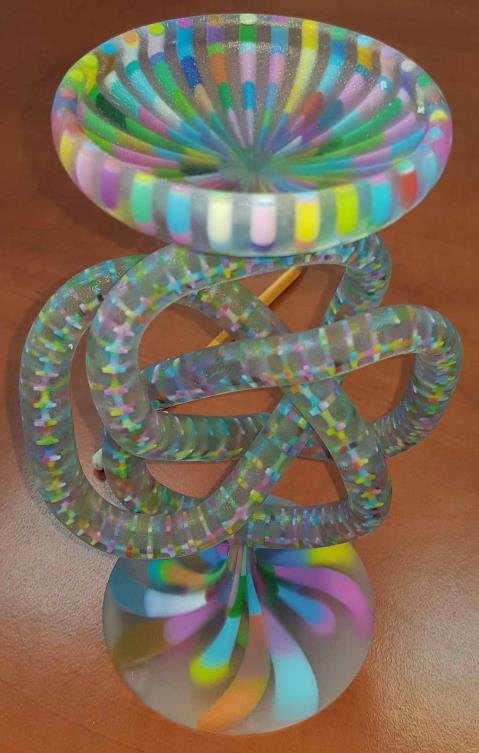Industries of all kinds across the globe are advancing at an accelerated pace. Improvements in technology, changes in consumer needs, and shifts in supply chains are driving businesses to innovate smarter and faster. And as a university, providing opportunities for your students and researchers to explore their own innovative solutions to these changes will help you graduate students who are prepared for their careers and support researchers who impact industries in groundbreaking ways.
One way to support breakthrough innovation is by supplying a cutting-edge 3D printer. State-of-the-art 3D printers, like the Stratasys J55, bring ideas to life beyond what has ever been possible before.
Let’s see how three universities are using 3D printers in fascinating ways:
Microstructure Design
Researchers at Technion, the Israel Institute of Technology, are exploring microstructure design and have found that an advanced 3D printer allows them to use 3D printed microstructures to improve how parts can be designed and manufactured for a variety of industries, including heat exchangers and aerospace. With the Stratasys J55 3D printer, researchers are able to design and print microelements with continuous color changes, and apply those elements volumetrically to microstructural models. Prior to the J55, they were relying on digital renders which were not always intuitive for students or they used other 3D printers with design flows that weren’t time efficient or user-friendly.
Robotics and Neuroanatomy Education
Case Western Reserve University has one of the largest university-based innovation centers in the world with six different 3D printers that allow students across the university to rapidly prototype parts. Design students use 3D printers to help build off-road vehicles for design competitions, robotics students produce parts for robotics competitions, and medical students use 3D printed brain parts to improve neuroanatomy learning. 3D printing gives students more opportunities to explore and iterate on designs beyond looking at CAD screens.

Medical Devices
An engineering student at Duke University broke his arm and wanted to build a better brace than the one provided by the hospital. Using a Stratasys J750 3D printer, the student worked with a mechanical engineering student to create an improved brace that had voronoi holes for breathability, a soft polymer interior for comfort, and water-resistant polymers for waterproofing. His doctor approved him to wear the brace he created instead of the one provided by the hospital for the six months it took him to heal.
From engineering improvements to medical inventions, high-quality 3D printers offer countless ways for students and researchers across university campuses to be innovative, influencing careers and industry advancements.


